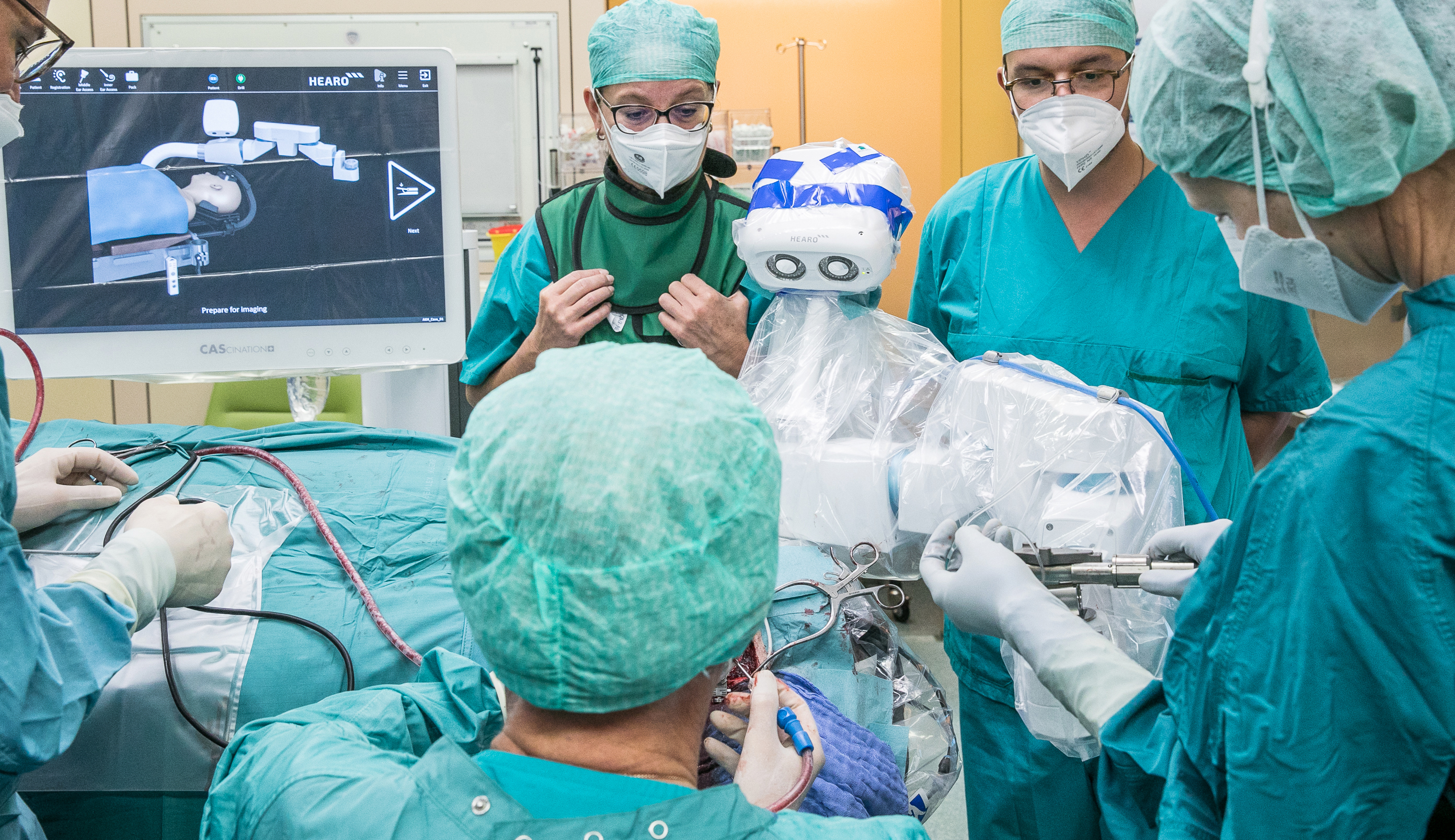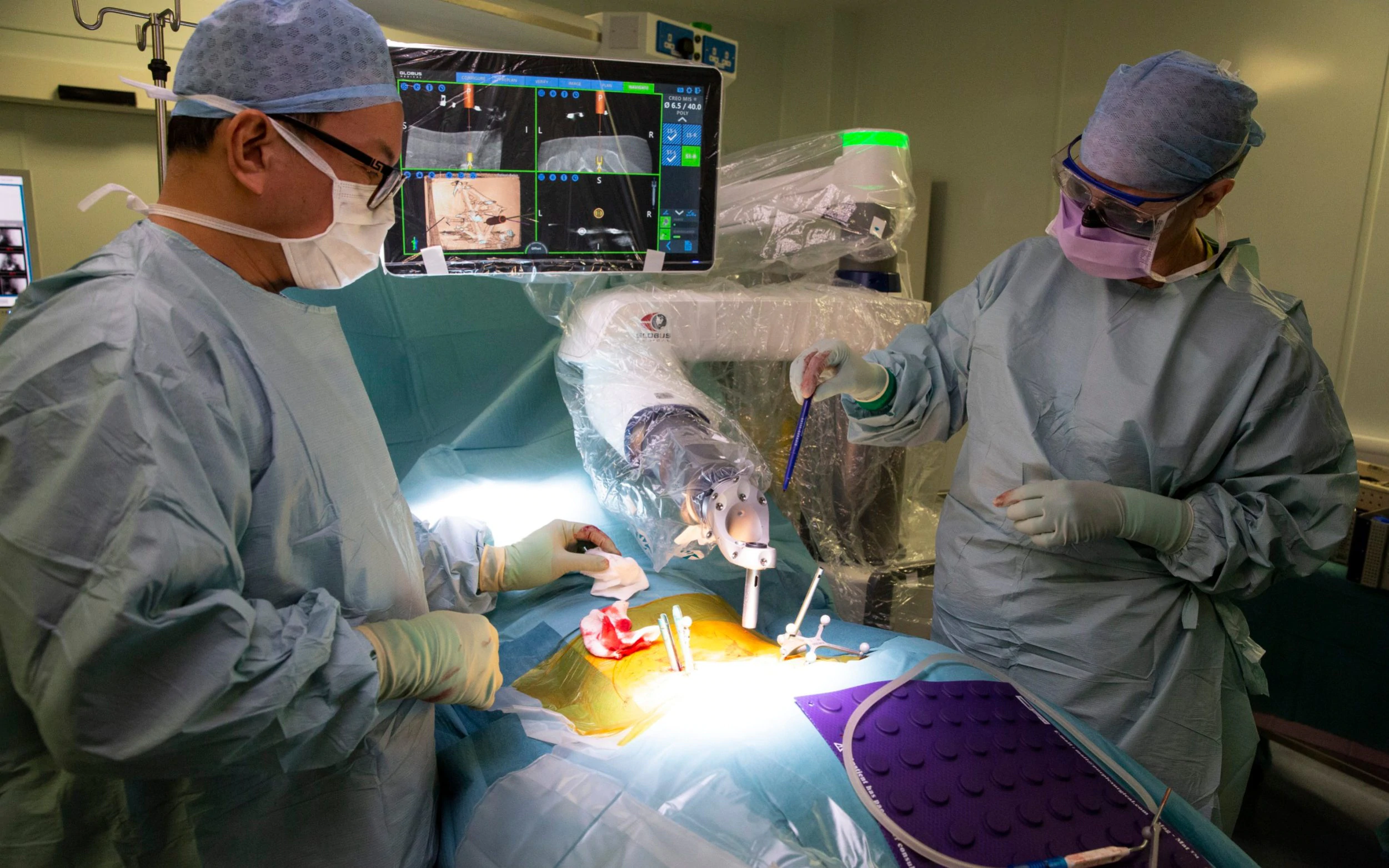In the ever-evolving landscape of healthcare, robotic surgery stands as a beacon of innovation, offering a glimpse into a future where precision meets medical prowess. Combining cutting-edge robotics, artificial intelligence, and the expertise of skilled surgeons, robotic surgery represents a paradigm shift in medical procedures. This exploration delves into the transformative potential of robotic surgery, showcasing its capabilities, benefits, and the promising future it heralds for the field of medicine.
1. Enhanced Precision and Accuracy: Robotic surgical systems, equipped with advanced sensors and imaging technologies, offer unparalleled precision and accuracy. These systems provide surgeons with high-definition, 3D visuals of the surgical site, allowing for precise movements in confined spaces. The robotic arms translate the surgeon’s hand movements into smaller, more controlled actions, minimizing the risk of human error and enabling delicate maneuvers that are otherwise challenging with traditional methods.
2. Minimally Invasive Techniques: Robotic surgery enables minimally invasive procedures, often through small incisions. Traditional open surgeries, which require larger incisions and longer recovery times, are being replaced by these minimally invasive techniques. Smaller incisions mean reduced pain, less scarring, shorter hospital stays, and faster recovery, ultimately enhancing the overall patient experience.
3. Expanded Surgical Capabilities: Robotic systems expand the capabilities of surgeons, allowing them to perform intricate procedures with greater ease. From complex cardiac surgeries to intricate neurosurgical interventions, robotic assistance empowers surgeons to undertake procedures that were once deemed too risky or challenging. The dexterity and precision provided by robotic arms open new avenues for intricate surgeries, ultimately broadening the spectrum of treatable conditions.

4. Telemedicine and Remote Surgery: One of the most promising aspects of robotic surgery is its potential for telemedicine and remote surgery. Through high-speed internet connections and advanced robotics, skilled surgeons can perform procedures on patients located thousands of miles away. This capability holds immense potential for regions with limited access to specialized medical expertise, enabling patients to receive world-class treatments without geographical constraints.
5. Continuous Advancements and Learning: The field of robotic surgery is continuously evolving. With ongoing research and development, robotic systems are becoming increasingly sophisticated. Machine learning algorithms enable robots to analyze vast amounts of data, identify patterns, and optimize surgical techniques over time. This continuous learning process ensures that robotic systems keep improving, leading to safer procedures and better outcomes for patients.
In conclusion, robotic surgery offers a compelling vision of the future of medical procedures, where human expertise merges seamlessly with technological precision. As advancements in robotics and artificial intelligence continue to unfold, the potential applications of robotic surgery are boundless. From enhancing precision and enabling minimally invasive techniques to breaking down geographical barriers in healthcare, robotic surgery represents not only the future but a transformative force that is reshaping the way we approach medical interventions. With each successful procedure, it reinforces the belief that the marriage of human intellect and technological innovation holds the key to a future where medical treatments are not just effective but also remarkably precise and personalized.

